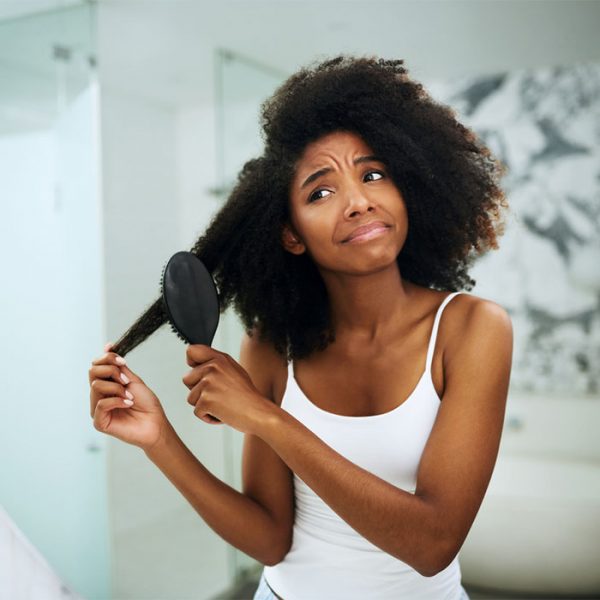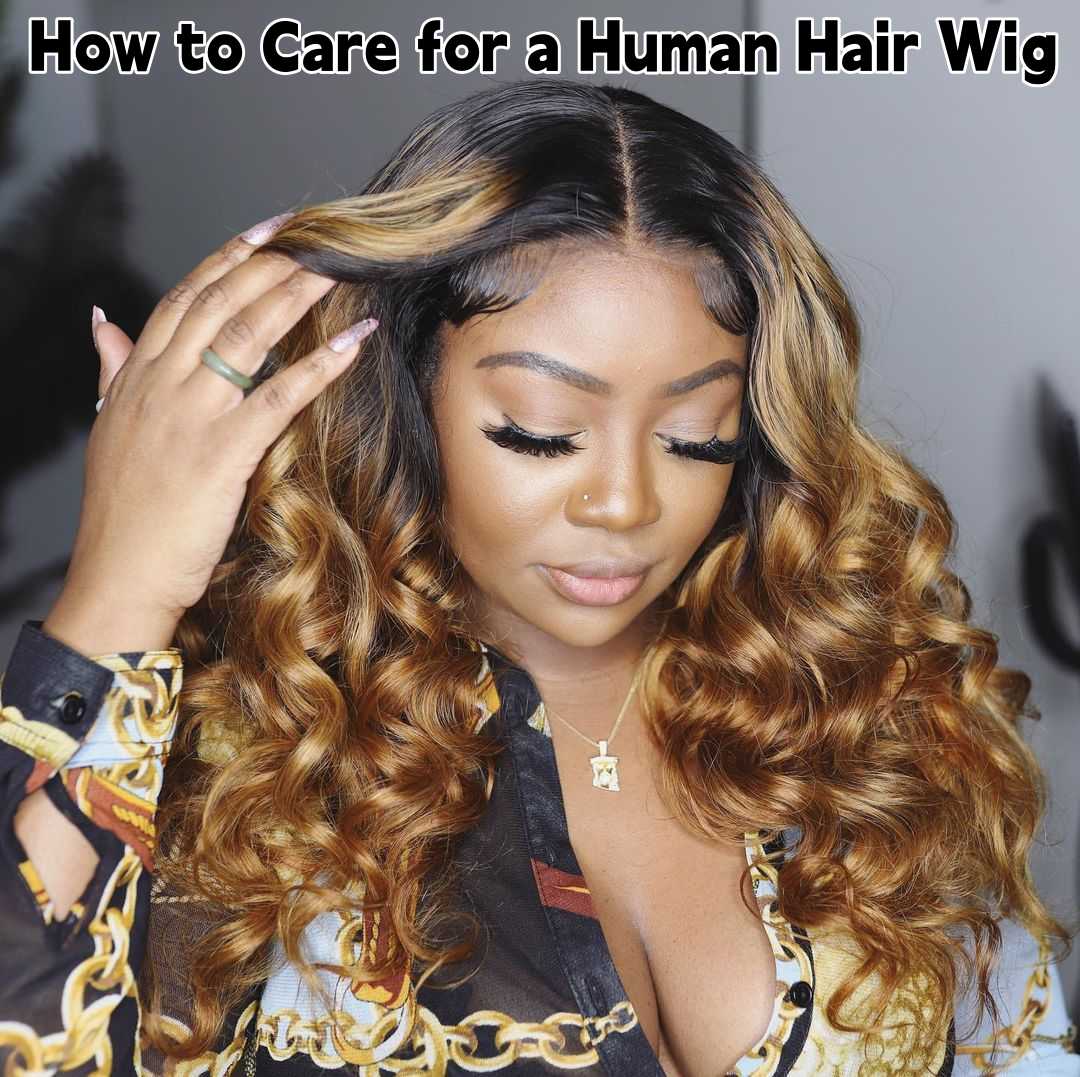Kinky Straight Hair Versus Yaki Straight Hair: What’s The Difference?
In many hair textures(1), yaki straight and kinky straight are popular among black women because they are closer to their natural hair. Although they appear similar from a distance, they differ significantly. We will discuss their differences and what makes each type of hair unique.

Kinky Straight Hair:
Kinky straight hair is typically very curly and coiled. This hair type is challenging to handle and requires a lot of moisture and care. Because of the curl, it is prone to frizz and damage.
Yaki Straight Hair:
Yaki straight hair is a type of straight hair with a natural sheen and a smooth texture. It is usually less curly, which can be more accessible to style, and keeps shape better.
What are the Differences Between them?
The texture of their hair is one of their significant variances. Kinky straight hair is typically more textured, while Yaki straight hair is less textured. Kinky straight hair can be seen as more voluminous and have more body. This hair type is typically more challenging to manage and style, but it can be lovely when done correctly. Yaki straight hair is typically more sleek and refined than kinky straight hair. The Yaki straight hair is less textured and has a more petite body. This hair type is typically easier to manage and style, but it can also be less beautiful when done incorrectly.
Additionally, kinky straight hair tends to have more body than Yaki straight hair. That means it can hold more moisture and be more resistant to frizz. However, Yaki straight hair can also have more shine and be more resistant to humidity.
Another difference between them is the production process.
The process of making Kinky straight is more complicated. When doing it, we need to braid the hair first, heated at a high temperature after weaving, chemically treat it, and finally unbraid it. However, the heating process tends to make the hair frizzy and curly.
The production of yaki straight requires special pressure plate clamps and chemical treatment, which does not require heat. With no heating, the wavelength can be smaller, and the angle will be closer to a right angle. You can refer to the following chart.

Now that you know more about their differences, it’s time to try them! Experiment with different textures and styles to determine which one works best for you.






Leave a comment